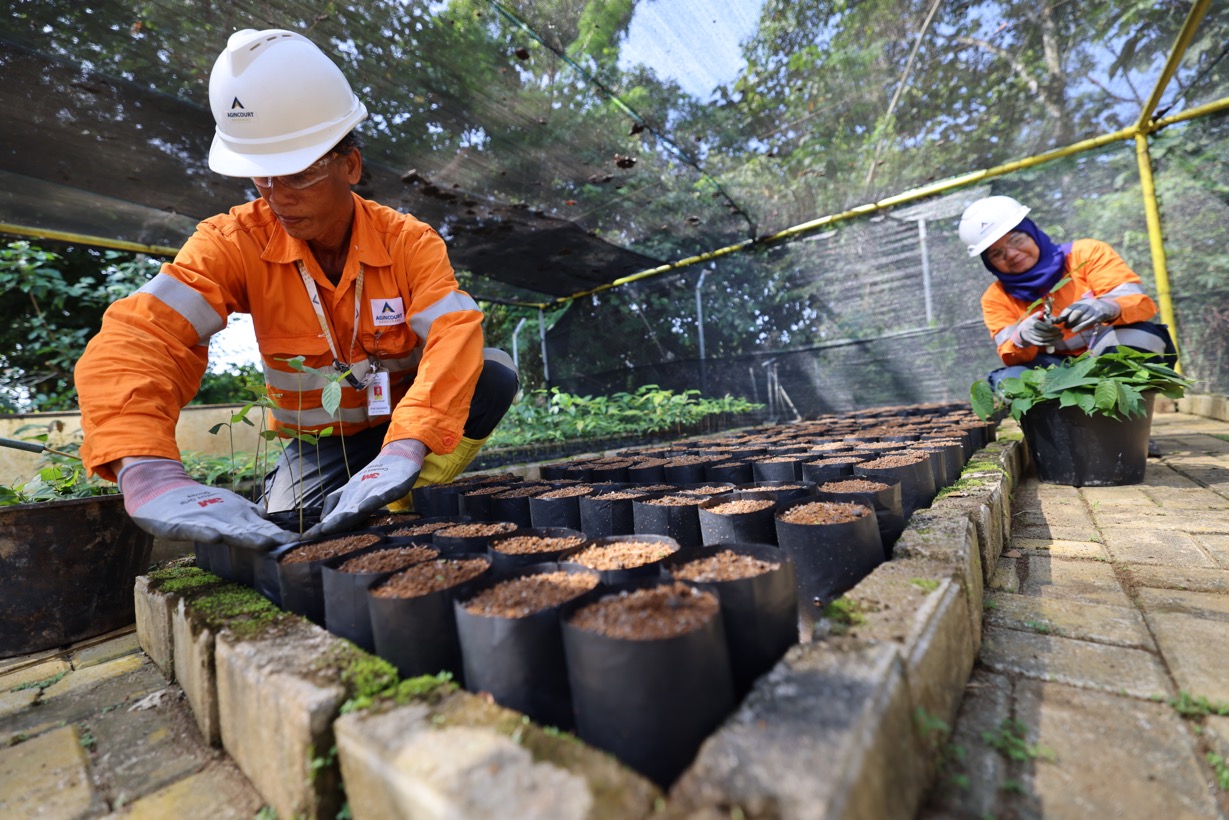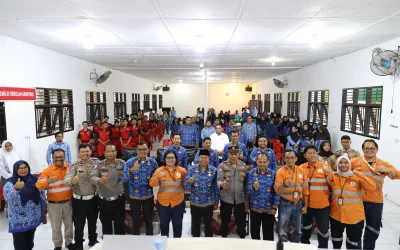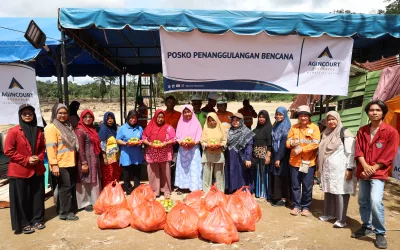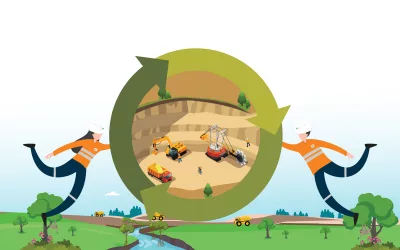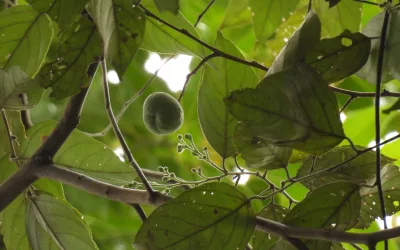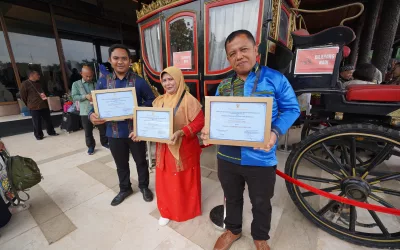Ecological and economic values associated with mining activities. The benefits of managing natural resources must be balanced with the ability to restore nature to function as before.
Blasting activities and land dredging are things that are carried out in mining operations. However, every mining has an obligation to minimize its impact by protecting the balancing environment when carrying out its operations. Mine reclamation activities are one of the forms of compliance by mining entrepreneurs to repair and restore ex-mining land so that its condition is close to that of the pre-mining land.
In mine reclamation activities there is compliance in its implementation, one of which is revegetation activities, or replanting activities on ex-mining land that will restore and improve the quality of the environment and ecosystem so that they can function again according to their designation. The selection of plant species to be replanted on ex-mining land is an important factor in the success of revegetation.
The choice of plant species must be adjusted to the location of the land, the environmental aspect, time of planting, and give priority to local plant species. There are 3 types of plants that can be planted in stages on ex-mining land, namely cover crops, staple or fast growing crops, and insert crops. The success of reclamation can meet the criteria if the selection and stages in planting plants are done correctly.
The stages of revegetation in land reclamation of former mining activities include:
Cover crop plants
In the process of reclamation post-mining land, one of the processes that needs to be done is to cover the land with legume cover crop. This is a technique that utilizes specially grown plants to improve soil structure through improving physical properties, chemical properties and slowly improving biological properties.
This plant helps the process of succession of vegetation which naturally improves the soil. Planting legumes will add organic matter to marginal soils so that it will increase the availability of nutrients in the soil. Cover crop legumes that are commonly used are Calopogonium mucunoides (CM), Centrosema pubescens (CP), Mucuna cochinchinensis (MC), and Crotalaria juncea (CRJ).
Fast Growing Plants
One of the types of plants that determine the success of land revegetation is fast growing plants. This plant is a plant that can be planted at the beginning of planting activities and is fast growing. The ability of fast-growing plants will help the process of land revegetation faster. That way, it will be easy for other types of plants to grow so that a new primary ecosystem or succession is formed.
Fast growing plants are better if planted after the land stabilization stage with cover crops, so that they will help fast growing plants grow better. It is better if this type of plant is planted at the beginning of the rainy season so that it can avoid the risk of death due to lack of water during the dry season.
In selecting fast-growing plants, the following criteria must be met, including plants that grow healthy, are able to grow quickly and well on infertile soil, do not become hosts or diseases, do not become competitors for water and nutrients for other plants, and has solid roots. Several types of fast-growing plants are recommended, namely sengon, jabon, waru, white teak, trembesi, and lamtoro.
Insertion Plant
Insertion plants are forestry endemic local plants or fruit plants planted between fast growing plants in reclamation activities with the aim of enriching plant species and accelerating the formation of micro-ecosystems.
The selected types of insert plants are obtained from nurseries and seed collection activities in the surrounding forest, local production plant nurseries can be self-produced and or supplied from the community so that local communities can benefit from land reclamation, for example areca nut, lime, and gaharu, meranti , kruwing, frankincense, petai, jengkol, durian, cinnamon, etc..
Planting intercrop species is very important for the long term because fast growing plants have an intermediate life cycle. In addition, the presence of fast growing and inlay plants can prevent the spread of dust and minimize noise. The fall of leaves from this plant can also help in the process of enriching the soil because it produces high organic matter.
PT Agincourt Resources (PTAR), as the operator of the Martabe Gold Mine, South Tapanuli, North Sumatra, has planted more than 41,000 tree seedlings since 2012. Going forward, PTAR will consistently carry out reclamation in the Martabe Gold Mine area using local plants. PTAR is also committed to always comply with Government regulations and environmental management, as well as planting local plant species in a number of revegetation areas that have been planned in the Reclamation Plan document which are adjusted to the allotment of the reclamation land. Locally grown plants were previously developed and cultivated in PTAR nursery facilities.
Several types of local plants grown in the PTAR nursery include durian, mangosteen, water jackfruit, mahogany, hapinis, baja wood, laban wood, banyan (baringin), simarbaliding, sugar palm, tambiski, and various types of local plants from the families Moraceae, Euphorbiaceae, myrtaceae, fagaceae. Sources of local plant seeds are obtained from natural forest vegetation around the mining area, either in the form of seeds or saplings. The seeds of these local plants are grown and cared for until they are ready for planting
In tree planting activities, PTAR also involves the participation of the local community to increase their awareness of the importance of maintaining the balance of nature and the balancing environment, one of which is through planting trees around the Batangtoru watershed area (DAS).

